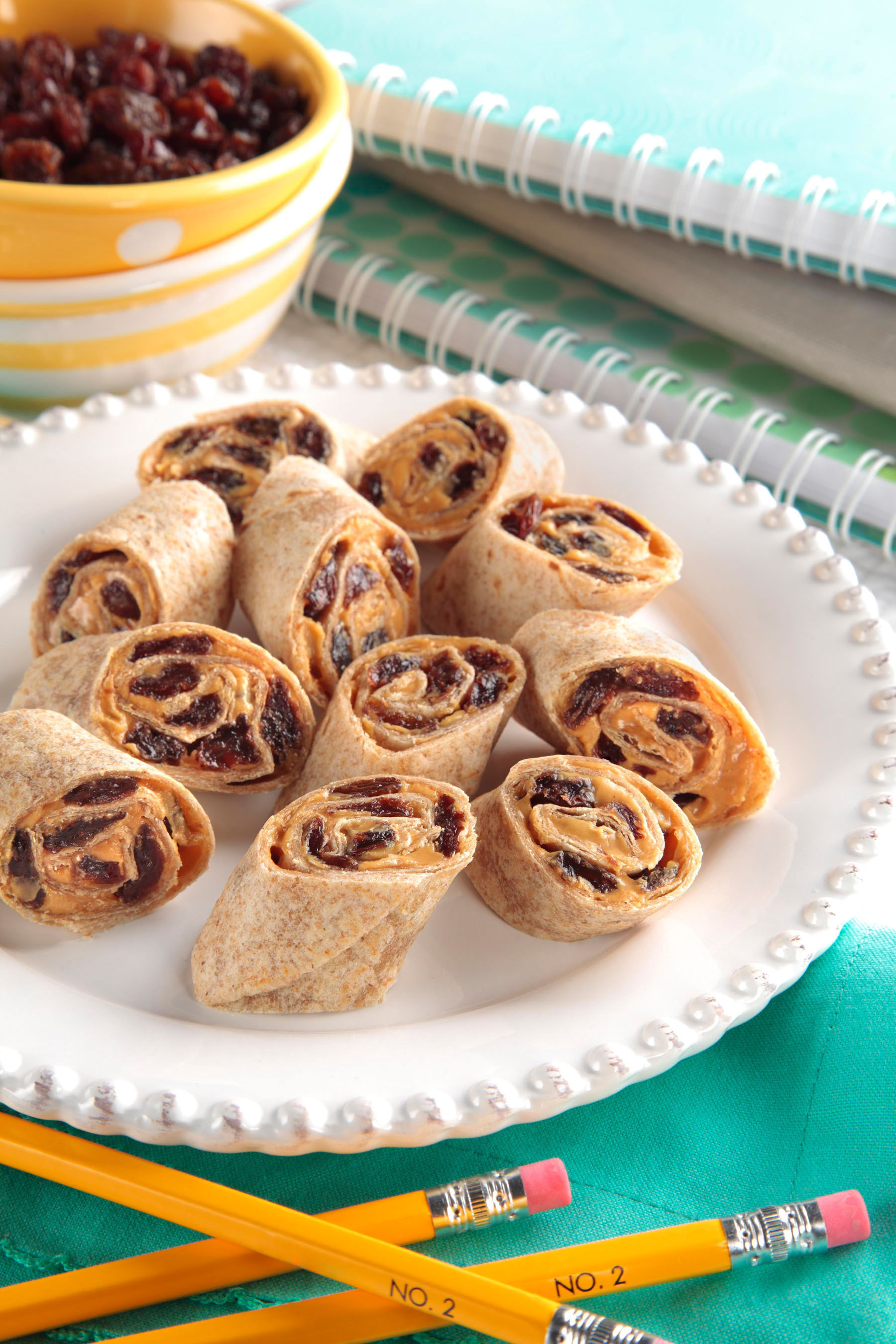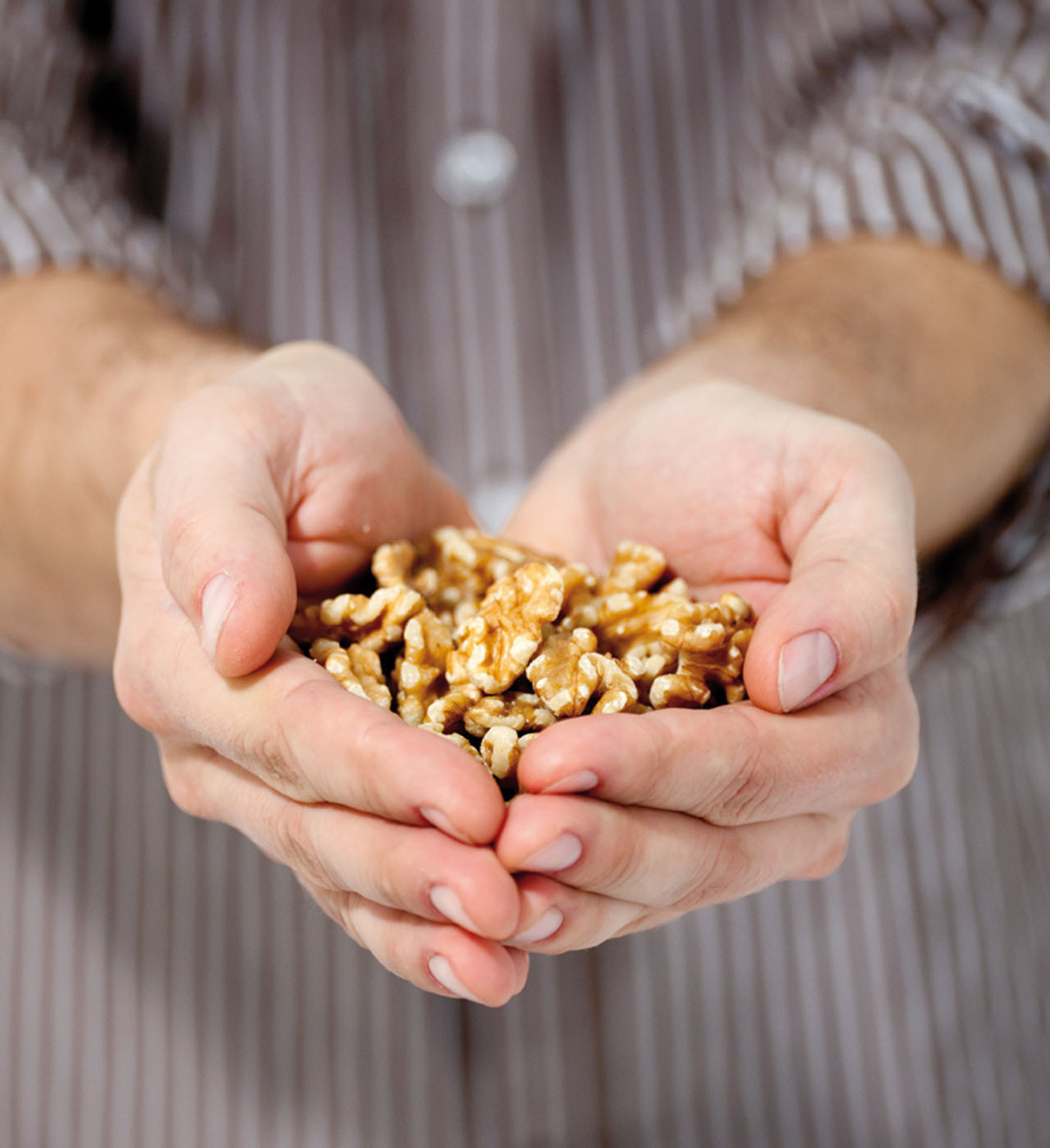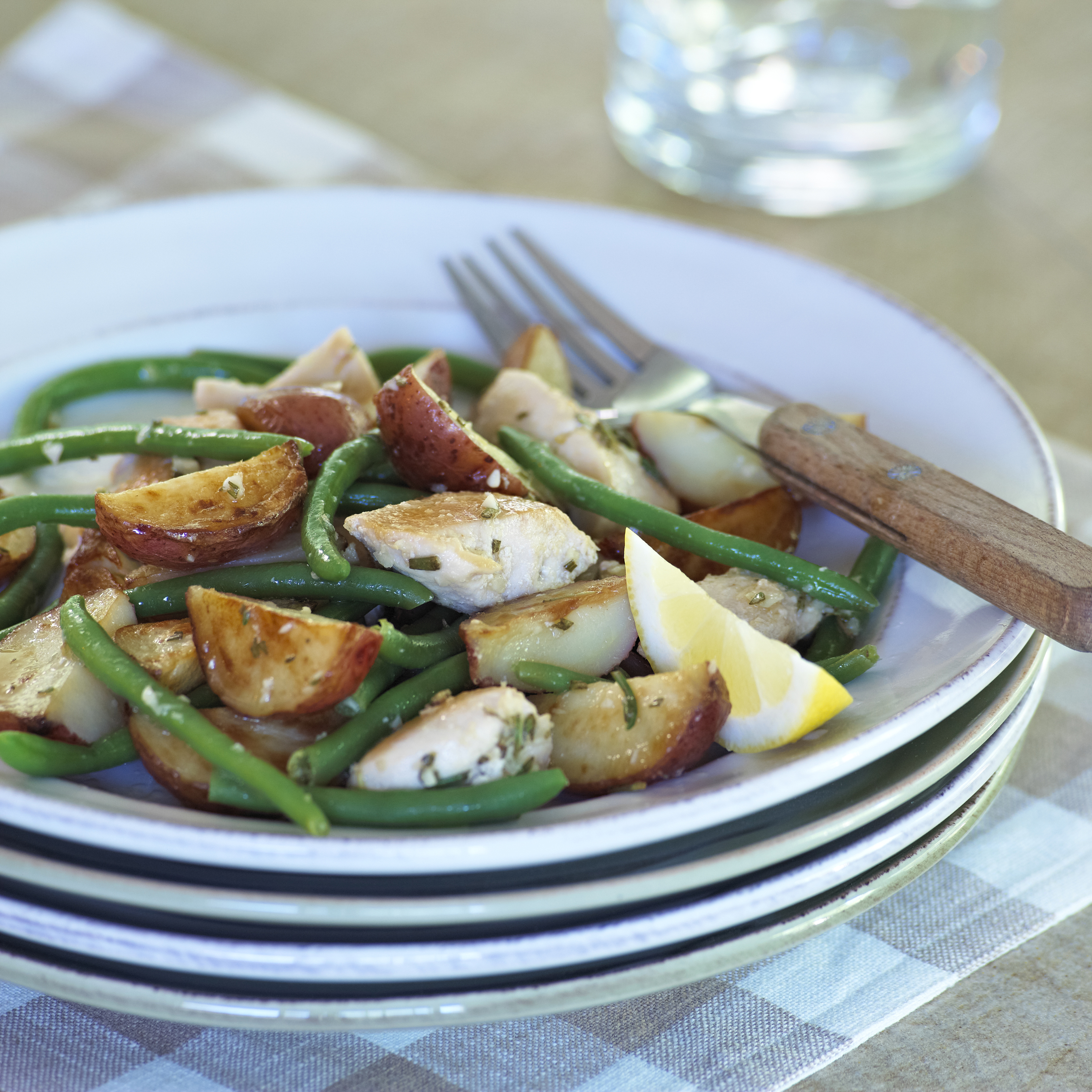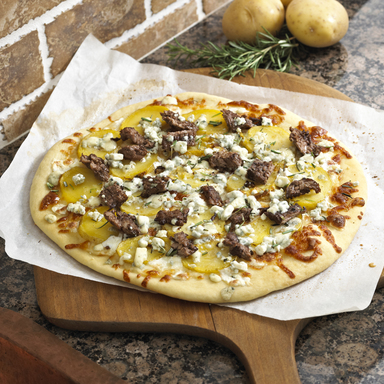Taking time to talk with and listen to your child about the upcoming school year is one of the best ways parents can help their child transition to school life," says Robin Gurwitch, Ph.D., Division of Developmental and Behavioral Pediatrics of Cincinnati Children's Hospital Medical Center.
Dr. Gurwitch advises that parents begin talking to their child about school a couple weeks before it starts, and that they listen closely for their child's fears or concerns. She explains that how parents talk to their child, as well as what they say are both important.
Dr. Gurwitch gives parents the following advice on how to help children of all ages prepare for the upcoming school year.
Preschoolers and kindergartners need to know what will happenParents should take their child to visit their school and let them play on the school's playground and meet their new teachers before school starts.
Parents can let their children watch educational cartoons to help prepare them for what they will learn at school.
Talk to your child about the new school year, new grade level and new teacher.
Prep for school success by working on disciplines at home such as listening to and following directions and sharing with others.
Take your child on at least one school shopping trip, and allow him to help choose a backpack, notebooks, and/or pencils needed for school.
To help ease the transition, parents may want to tuck some small reminders of home into their child's backpacks, such as photos of the family or parents.
Parents should establish routine bed and wake up times to prepare their child for their school schedule.
Maintain an encouraging attitude. Showing that you have confidence in your child will boost his or her confidence too.
Elementary school children will need to adjust to new beginningsParents should allow their child some freedom to buy something they want, such as trendy folders or pencils.
Take a quick trip to school before classes start to help locate lockers and classes. Schools often have orientation before the beginning of the year. Attending this shows your child you are interested in his success in the upcoming year.
Help your child stay on top of assignments by checking his agenda book nightly.
Set up specific homework/study times to help your child develop critical study skills that will be needed for years to come.
Talk to your child about high-risk behaviors. Middle school is the time when children may begin experimenting with drinking, drug use or sex. Waiting until they get to high school to talk to them may be too late.
Encourage your child's participation in at least one extracurricular activity or school club. And let him choose the activity. Children who are involved in such activities generally do better academically, have better social relationships, and are more confident, resilient, and happier. However, be careful not to overload your child's schedule with too many extra activities! This can have the opposite effect of decreased school grades, increased anxiety and depression.
Make an appointment with the school counselor right away if you have concerns about how your child is adjusting to school.
Teens need positive reinforcement Parents should help their teen set goals on how to get the best grades.
Parents should help their teen become organized by buying a daily planner and teaching the child how to use it correctly.
Parents should encourage their teen to get involved in at least one extracurricular activity or sport because it will help them meet people. Studies suggest that when children feel connected to their school they have another reason to do better academically. (However, make sure that your child doesn't overload on extra activities.)
Parents should convey a sense of optimism regarding the child's success because it enhances a child's motivation and sense of hope.
Continue to support and encourage good study habits with regular homework/study times.
Keep the lines of communication open. Ask questions about what's going on in your child's life. Use open-ended questions, rather than those that require only a "yes" or "no" response.
Set aside family time at least twice a week.
Continue to stay involved! Studies show that at all grade levels - even high school - the more parents are involved in their child's life and the more they know about what is going on at school, the better their kids do.
Source: Cincinnati Children's Hospital Medical Center via
PR Newswire
 PR Newswire (http://s.tt/1lzaW)
PR Newswire (http://s.tt/1lzaW)
 PR Newswire
PR Newswire



 PR Newswire
PR Newswire PR Newswire
PR Newswire



